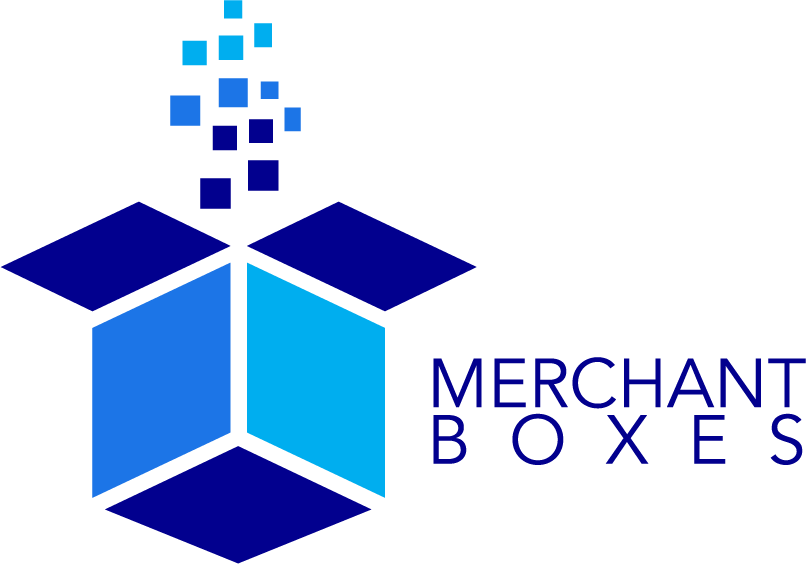Packaging Procurement 101: From Idea to Delivery
When it comes to getting your products out into the world, packaging isn’t just an afterthought. It’s a major part of your brand, your customer experience, and your bottom line. But getting that packaging made and delivered? That’s the procurement process, and it can feel like a maze of lead times, quotes, and material decisions.
This blog will walk you through what the packaging procurement process might look like for you, helping you feel more confident in the decisions you make, whether you’re launching your first product or managing a growing SKU list.
If you want more information about how to avoid packaging procurement pitfalls, check out our blog here!
Step 1: Define Your Packaging Needs
Before you can order a box, you need to know what that box needs to do.
Start by asking a few key questions:
What is the size and shape of the product?
How fragile is it?
Will it ship directly to consumers or be displayed on a retail shelf?
What kind of brand impression do I want to make?
Do I have sustainability goals?
You’ll also need to estimate how many units you plan to order now and in the future. This helps determine your pricing tiers, vendor selection, and potential for custom tooling.
Pro tip: Think beyond the product. Consider inserts, tissue paper, stickers, or any other elements that might affect your packaging size or complexity.
Step 2: Choose the Right Materials
The material you choose affects everything, and we mean everything, including protection, price, sustainability, and print quality.
Common options include:
Corrugated cardboard: Strong and great for shipping boxes.
Paperboard: Lightweight and usually more ideal for retail packaging.
Rigid boxes: Premium feel, often used in luxury goods.
Compostable/plant-based films: For brands that value sustainability.
When selecting materials, think about:
Weight vs. durability: What is required to get your product from point A to point B safely?
Sustainability certifications (FSC, recycled content, etc.)
Compatibility with finishes like foil, UV, and embossing
Pro tip: If you’re unsure, ask your supplier for material samples and suggestions based on your product.
Step 3: Build a Reliable Supply Chain
Your supplier network is critical. This includes box manufacturers, printers, insert vendors, and logistics providers.
Key considerations:
Domestic vs. overseas production: Overseas production can be cheaper per unit, but adds complexity and longer lead times.
Minimum Order Quantities (MOQs): Can vary widely by supplier and material.
Certifications: Especially if you're looking for sustainable or food-safe options.
Don’t forget to ask about:
Average lead times
Flexibility during rush orders
Backup plans for material or equipment delays
Pro tip: Don’t put all your boxes in one basket. Working with a couple of vendors gives you flexibility if things go sideways.
Step 4: Understand Pricing Structures
Packaging pricing can be more complex than it seems.
Common components:
Unit cost based on volume
Setup or tooling fees for custom dies or printing plates
Finishing costs for extras like foil, spot UV, and embossing
Shipping & freight (especially volatile in international shipping)
Storage or warehousing if you're not taking full delivery at once
Pro tip: Always ask for a detailed quote with line items. Don’t be afraid to compare vendors and negotiate. (But custom packaging companies like Merchant Boxes can help you get the best price by negotiating for you!)
Step 5: Approve Samples & Prototypes
Never go straight to production without reviewing samples.
Types of samples:
White dummies: Unprinted samples for testing structure and size
Digital proofs: Fast, printed mockups to review color and layout
Production samples: Final version using actual material and print method
What to check:
Structural integrity (especially during shipping tests)
Print quality and color accuracy
Assembly experience
Pro tip: Do an informal unboxing with team members who haven’t seen the design before. Fresh eyes catch surprises.
Step 6: Place Your Order
Once you’ve signed off on the samples, it’s time to place your purchase order (PO).
Make sure to:
Confirm production timeline
Outline delivery schedule
Communicate any specific dates (launches, promotions, etc.)
Many brands place orders months in advance to buffer against delays. For new products, always allow extra time for unforeseen hiccups.
Pro tip: If your volume is high, consider staggered deliveries or warehouse storage with your supplier.
Step 7: Manage Inventory & Reorders
Packaging needs don’t stop once the first order arrives.
Establish a system to:
Track inventory levels
Set reorder alerts when you hit a certain threshold
Review lead times regularly and adjust reorder timing as needed
Some suppliers offer inventory management tools or hold stock for you with just-in-time (JIT) delivery.
Pro tip: Periodically review your packaging SKUs to consolidate, simplify, or update based on sales data.
Step 8: Stay Flexible & Plan for the Future
The packaging world is always evolving. Sustainability trends shift, raw material costs fluctuate, and customer expectations grow.
Make a habit of reviewing your packaging annually:
Are there new materials that align better with your brand?
Can you reduce waste or shipping costs?
Are there opportunities to improve the unboxing experience?
Pro tip: A good packaging partner won’t just fill orders. They’ll help you plan for the future.
Final Thoughts: Procurement Is More Than Purchasing
Packaging procurement is about more than just placing orders. It’s a strategy. The choices you make affect how your product is perceived, how much it costs to ship, and even how sustainable your brand is.
By taking the time to define your needs, choose the right materials, and work with reliable partners, you can turn your packaging into a powerful asset for your brand.
Looking for a packaging partner who can guide you through every step of procurement? Let’s talk.






